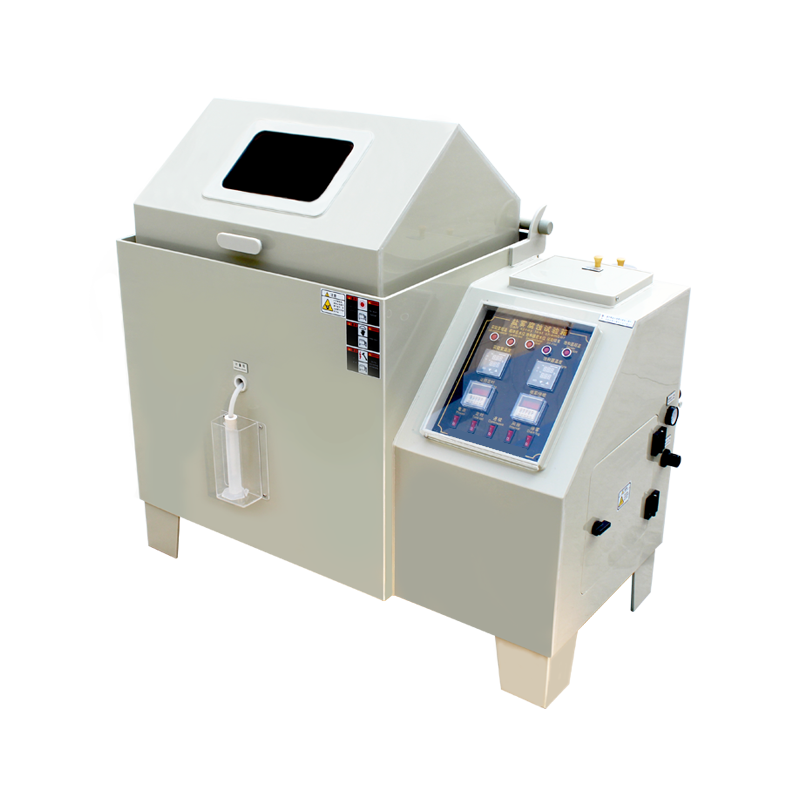The performance and reliability of salt spray test chambers hinge on numerous design and operational factors, with seal integrity standing as a paramount consideration. Ensuring an airtight environment within the chamber is not merely a technical preference but a fundamental requirement for accurate corrosion testing. The implications of compromised sealing extend beyond experimental errors, affecting compliance with international standards, operational efficiency, and long-term equipment durability.
1. Precision in Corrosion Testing
Salt spray testing, governed by standards such as ASTM B117 and ISO 9227, demands strict control over environmental conditions. The chamber must maintain a consistent concentration of salt-laden mist, with no external contaminants or fluctuations in humidity. Even minor leaks disrupt this equilibrium, leading to uneven salt deposition on test specimens. Inconsistent exposure skews results, rendering comparisons between batches unreliable. For industries like automotive, aerospace, and marine engineering, where material longevity is critical, such deviations can have costly consequences.
2. Compliance with International Standards
Regulatory bodies mandate rigorous validation of test equipment. A chamber with inadequate sealing fails to meet the criteria for homogeneous mist distribution or controlled temperature and humidity. Audits frequently include checks for seal integrity, as leaks directly violate the repeatability clause inherent in most testing protocols. Non-compliant results may force retesting, delay certifications, or—in extreme cases—trigger recalls of improperly validated materials.

3. Operational Efficiency and Cost Control
Leaks force chambers to work harder to maintain set parameters, increasing energy consumption and wear on components like heaters and nozzles. Condensation escaping through gaps can corrode external fixtures, while excessive moisture may damage electrical systems. Frequent recalibrations and part replacements drive up maintenance costs. Conversely, a well-sealed chamber operates at peak efficiency, reducing downtime and extending service intervals.
4. Long-Term Equipment Durability
Salt-laden air is inherently corrosive. Gaskets, hinges, and door seals degrade over time, but high-quality materials like fluorosilicone or PTFE resist chemical attack. Regular inspections—using methods like positive pressure tests or fluorescent dyes—help detect early wear. Proactive seal maintenance prevents sudden failures during critical tests, ensuring uninterrupted operations in high-throughput labs.
5. Mitigating Cross-Contamination Risks
In facilities running multiple tests simultaneously, stray salt mist from a leaking chamber can infiltrate adjacent equipment or samples. This cross-contamination invalidates unrelated experiments, particularly in research labs testing sensitive electronics or coatings. Robust sealing, combined with proper lab layout, isolates test environments effectively.
The integrity of a salt spray chamber’s seals is inseparable from its functional validity. From upholding testing accuracy to minimizing operational costs, every aspect underscores the necessity of precision engineering in seal design. Manufacturers and testing facilities must prioritize regular maintenance and invest in chambers with proven sealing technologies to ensure compliance, reliability, and longevity.













